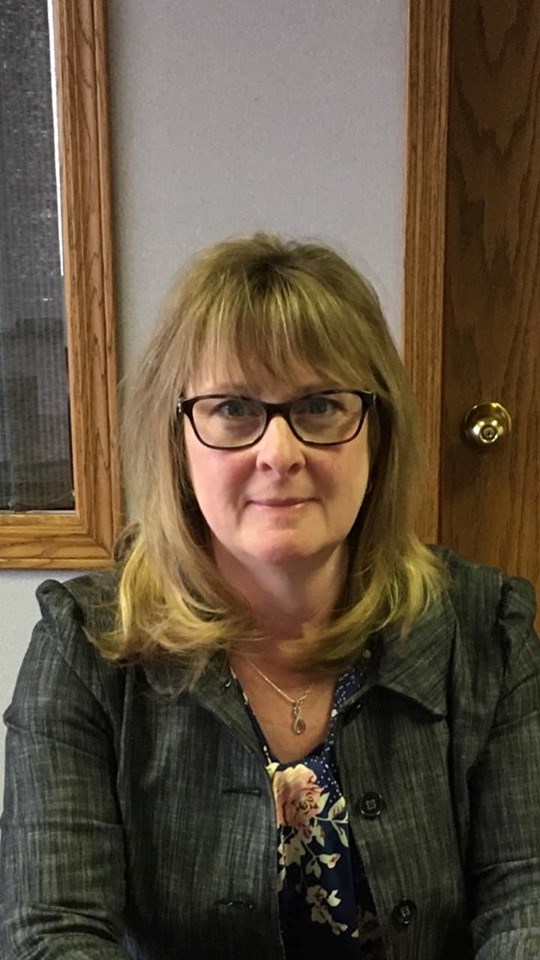While kindergarten-Grade 12 teachers in other school districts in the province are filing grievances over working conditions since the return to in-class learning this month, those worries are not being shared by their colleagues in Prince George area schools.
School District 57 teachers are back building personal connections with their students in the classroom teaching them lessons much like they did before the pandemic hit in mid-March, while following the evolving safety protocols outlined by the provincial health office.
“Teachers are happy we’re back in our classrooms and they fact we are not hearing from teachers is a good sign,” said Prince George District Teachers Association president Joanne Hapke.
“We’re on the fifth day and we haven’t truly started with kids being back full-time, so there is an underlying concern with what’s going to happen, but nothing that is causing panic in our local. We’ve said for months now the north is doing well and we haven’t had the same concerns other locals will have. That doesn’t mean next week we won’t share those concerns.”
The B.C. Teachers’ Federation has asked the Labour Relations Board to investigate what it sees as inconsistent and inadequate health and safety measures which do not provide the protections promised teacher over the summer. BCTF president Terri Mooring said Friday the union has lost faith in the provincial government’s commitment to safety.
Teachers have had to adapt to changing COVID-19 health guidelines mandated in the restart plan by the education ministry and on Monday a new set of rules for daily health checks was issued on the advice of the BC Centre for Disease Control. It outlines what symptoms require students and staff to stay home from school. The new guidelines eliminated 10 of the 17 symptoms previously regarded as warning signs to self-isolate.
The new check-list of symptoms includes fever, chills, cough or worsening of chronic cough, shortness of breath, loss of smell or taste, diarrhea and nausea/vomiting. Any student or school staff member who has one of those symptoms is required to stay home for 24 hours from the time the symptom started. Two more or more symptoms require the patient to seek a health assessment either by calling the 8-1-1 health line or through a primary care provider or nurse practitioner.
“It’s an issue with the shifting goalposts,” said PGDTA first vice-president Daryl Beauregard. “The Centre of Disease Control changed expectations for schools and the ministry followed along their guidelines. The old plan a week ago said if you’re sick, you stay home and it was really clear and very prescriptive, everything from runny noses, sore throat, fatigue, loss of appetite, muscle aches. They took a lot out.”
Beauregard says the new plan does clarify several previously uncertain COVID-19 protocols.
“They have some great new details on how to support students with disabilities and diverse abilities that wasn’t well-worded the first time,” he said. “The meals program and how to keep those safe and rolling is much better fleshed-out in the new plan and there’s additional clarity regarding how physical distancing is defined.”
Beauregard was taken by surprise when he read the definition of physical distancing in B.C. schools is now one metre, half the accepted nation-wide norm of two metres. Students and staff who remain within their cohorts of 60 (for elementary schools) and 120 (for high schools) are not required to physically distance themselves unless they are in hallways or common areas or if they are blending with member of other cohorts.
“Now instead of two metres we have one, and that’s an issue with the ministry,” said Beauregard. “Our issues are not with the district. What we feel and the BCTF feels is what they are doing to protect students and staff was not on par with what the rest of society had to do a week ago and now it seems even less protective.”
An average 85 per cent of eligible students in B.C. have returned to their schools this week and in SD 57 at least 95 per cent have returned to school. There were 12,894 students attending Prince George schools last year.The other students not attending school will be enrolled either in distance learning or homeschooling programs and parents will have until the end of the month to decide on what program is best for their kids. The final tally on local student counts, which determines how many teachers will be hired, won’t be released until next Friday.
“Parents may have waited out this week to see what’s happening in the north,” said Hapke. “Sure we’ve had a few more cases (of COVID-19) but nothing is exploding. There are no clusters or community outbreaks up here and that’s going to help parents make a better decision.”
The provincial government has created 1,526 new positions in schools, resulting in 626 additional teachers hired in 34 school districts, providing 157,000 more staff hours this school year. According to the ministry release issued Friday, 73 more educational assistants hired to work 5,100 hours have been hired in 12 districts and there are 287 more counselors, bus drivers and administrative staff working 38,000 additional hours in B.C. schools. There are 20,400 hand sanitizer stations and 88 per cent of school buildings in the province have upgraded air filtration systems.



